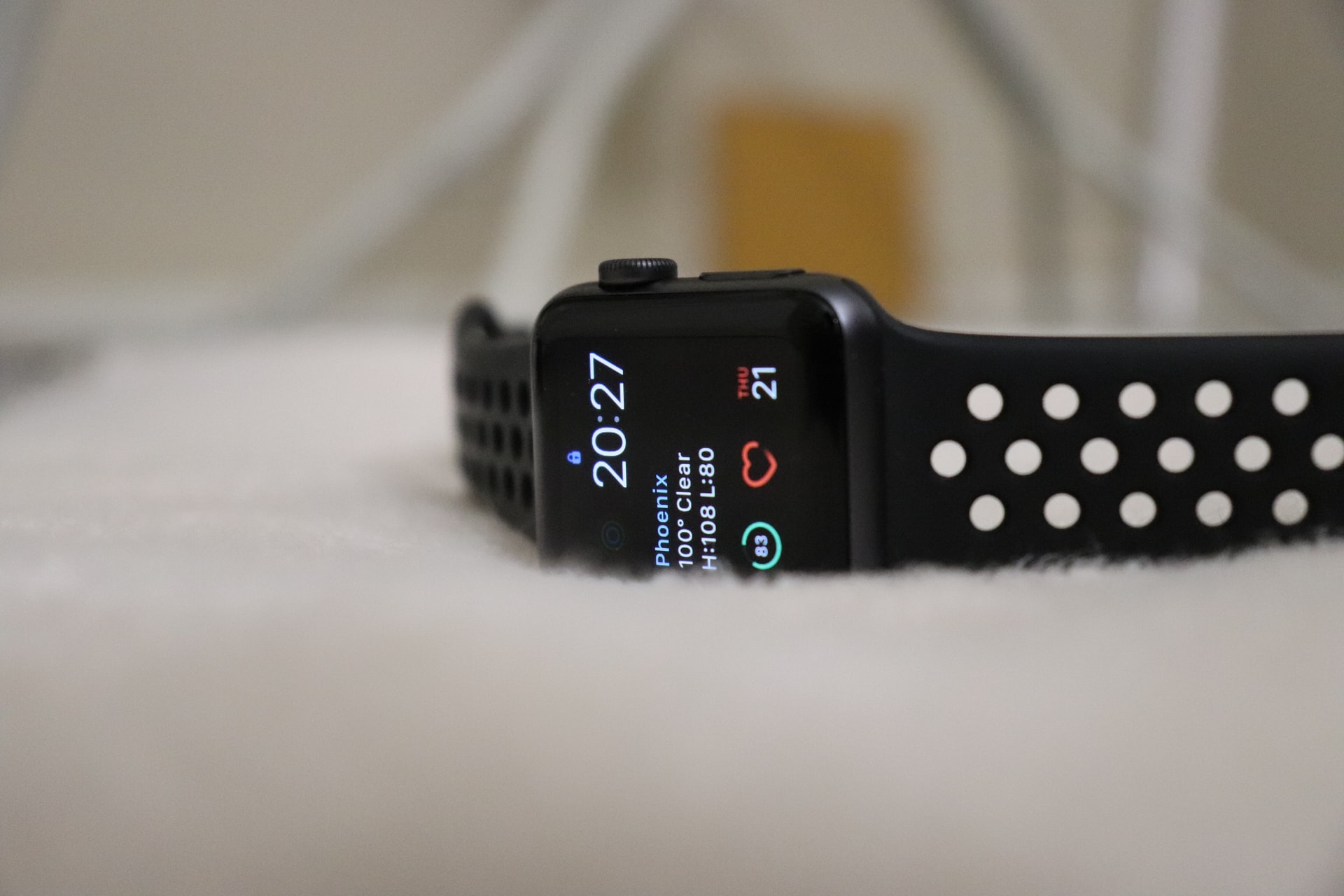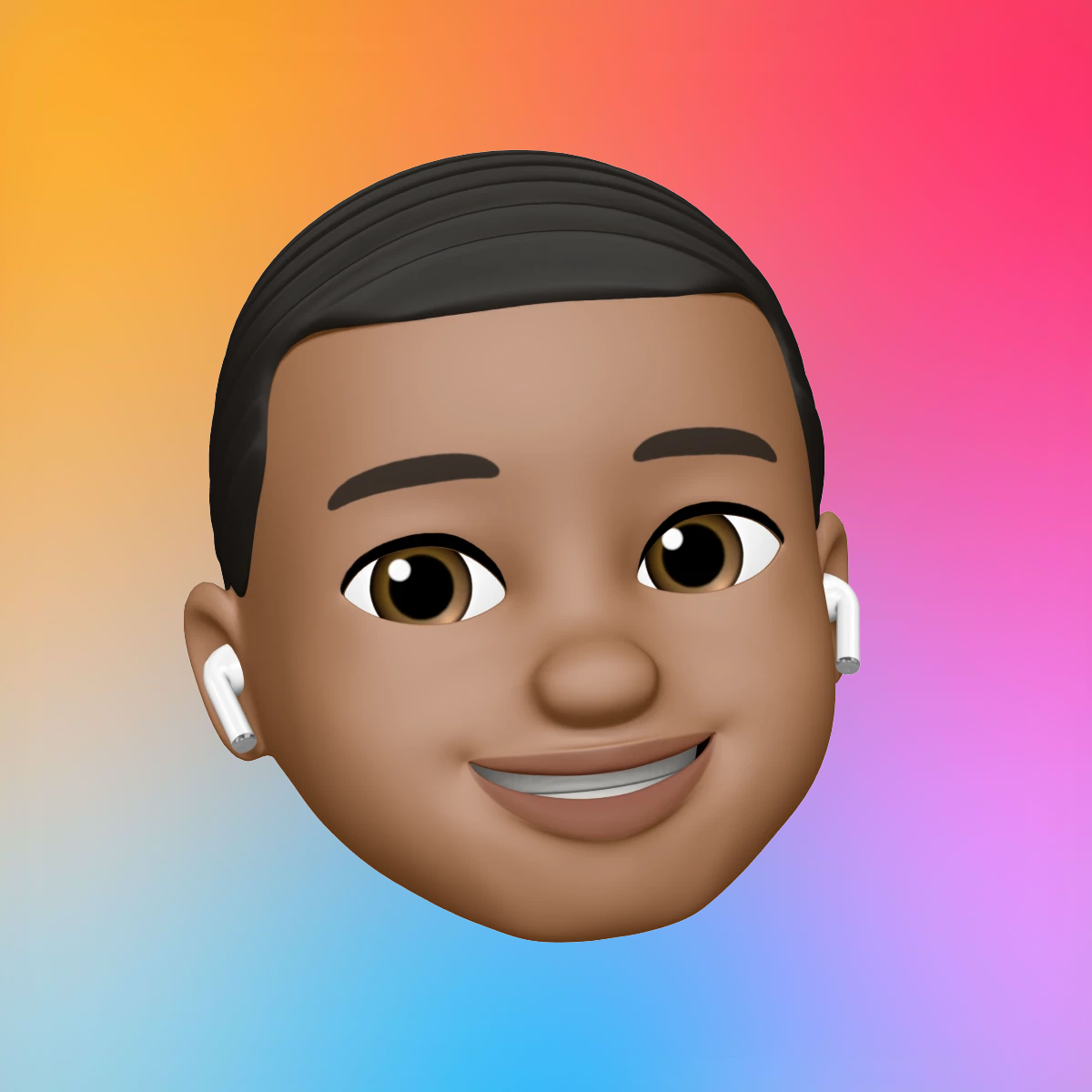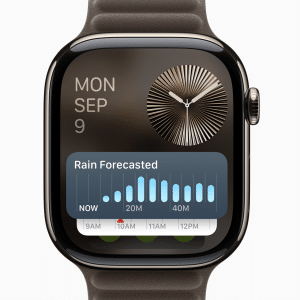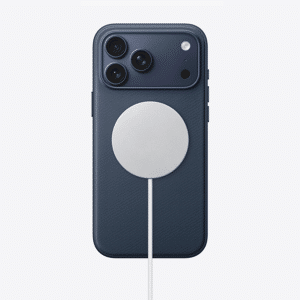Recent reports concerning a nursing student in Sydney, Australia – who urged everyone to check their Apple Watch’s notification settings, after she realized it had detected a “dramatic” change to her health two months before she was diagnosed with a rare condition – got us thinking: are you doing enough to take full advantage of your Apple Watch’s health capabilities?
The answer to that question for a lot of people reading this is likely to be “no”. But don’t worry – we’re here to help you with three suggestions for how you can more effectively keep an eye on your health using your own Apple Watch.
Medical ID
Did you know that you can set up your Apple Watch to act as a medical bracelet? You can set up your health information on the Health app, entering details about your medical history, conditions and medications. This way, if you’re ever in an accident and unresponsive, medical professionals can view your Medical ID to see what information you have provided.
The ability to display your health profile and Medical ID is a feature of all Apple Watch models.
Measure your blood oxygen level
If you have an Apple Watch Series 6 or higher, running watchOS 7 or later, you will be able to use the device’s in-built app and oximeter to measure your blood oxygen levels, so that you can be confident your brain is getting enough oxygen.
You can enable this setting on the Watch app on your iPhone – simply head to Settings, and then select Blood Oxygen. The switch for Blood Oxygen Measurements should be turned on. For the best results, make sure you aren’t wearing your Watch too low down on your wrist.
Track your sleep
Apple encourages users to allow their Apple Watch to track their sleep. This would mean wearing it at night, which could disturb some users’ charging patterns, but they would be able to track their sleep, measure their respiratory rate during sleep, and observe their sleep trends over time. Really useful and straightforward, especially if you struggle with sleep.
The sleep tracking capability become available with the release of watchOS 7; to set it up, you just need to fire up the Health app on your iPhone, before making your way down the Summary screen and tapping the Get Started button for Set Up Sleep. You can then simply follow the directions to set your range of goals and schedules.
Of course, the Apple Watch has many more health features than those described above. It is important to remember, however, that these devices are not intended to be literal ‘life savers’; they simply have features that can be used to track symptoms and monitor our personal health, to support an all-round balanced and healthy lifestyle.









